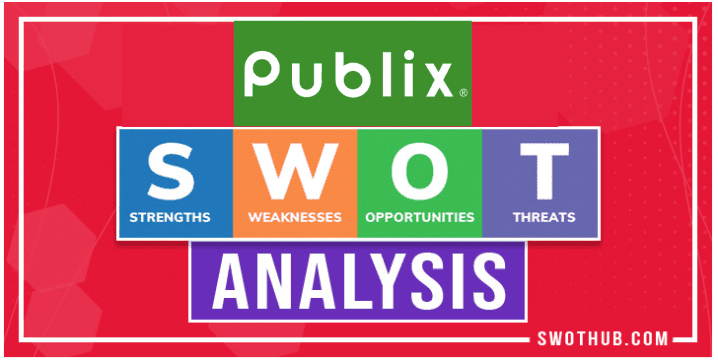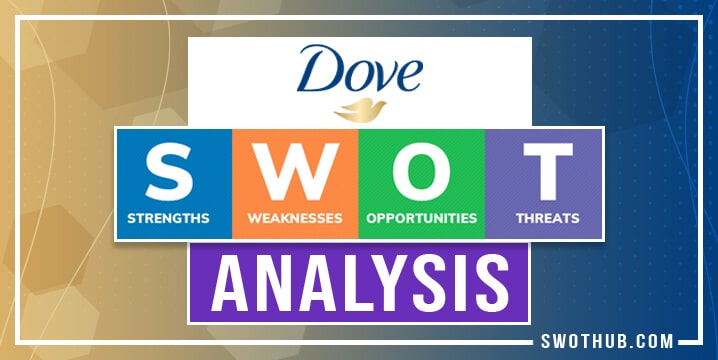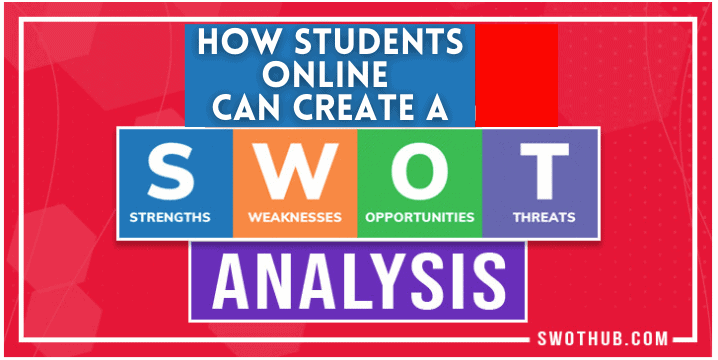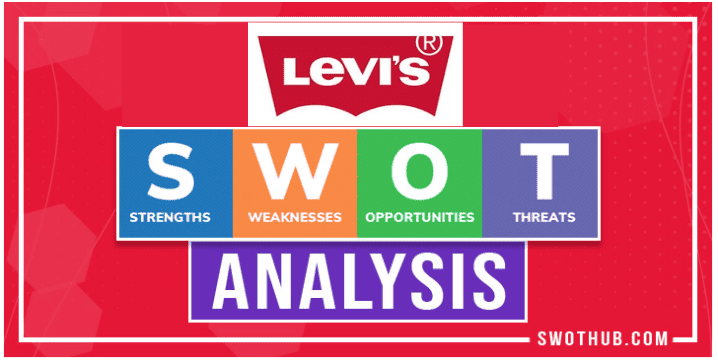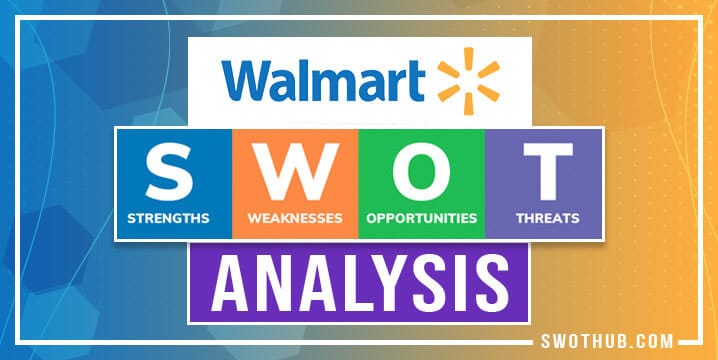When it comes to supermarket chains that have not only survived but thrived in the competitive retail landscape, Publix stands out as a beacon of success. Known for its exceptional customer service and strong community presence, Publix has become a household name in the Southeastern United States. But what makes Publix truly tick? This Publix SWOT analysis dives deep into the internal and external factors that shape its operations and strategy.
Table of Contents
A Journey Through Time: The History of Publix Supermarket
Founded in 1930 by George W. Jenkins in Winter Haven, Florida, Publix Super Markets Inc. started as a single store and has blossomed into one of the largest employee-owned grocery chains in the United States. Jenkins’ vision was to create a shopping experience that prioritized customer satisfaction above all else, a principle that remains at the heart of Publix’s operations today.
Fast forward to the present day, Publix has not only expanded its footprint across the Southeast, including states like Florida, Georgia, Alabama, South Carolina, Tennessee, North Carolina, and Virginia, but also consistently ranks high for customer satisfaction. The company’s commitment to quality, cleanliness, and service has allowed it to maintain a strong competitive edge.
The Essence of a SWOT Analysis
Understanding the strengths, weaknesses, opportunities, and threats in a Publix SWOT analysis is crucial for any business striving for sustained growth and improvement. For Publix, this analysis sheds light on the internal capabilities and external market conditions that influence strategic decisions. Let’s explore each aspect in detail.
Publix SWOT Analysis – Quick Facts About Publix
| Publix – Company Information | Data |
|---|---|
| Company | Publix Super Markets, Inc. |
| Industry | Retail – Grocery Stores |
| Founder | George W. Jenkins |
| Year Founded | 1930 |
| CEO | Todd Jones (as of FY 2023) |
| Headquarters Location | Lakeland, Florida, USA |
| Number of Employees | Over 225,000 |
| Revenue (FY 2023) | Not publicly disclosed |
Publix Strengths: The Pillars of SWOT Analysis for Publix
The strengths of Publix are foundational to its market position. These include:
- Employee Ownership and Culture: Publix’s status as one of the largest employee-owned companies in the U.S. fosters a strong corporate culture and high levels of employee engagement. In a Publix SWOT analysis, this unique ownership structure contributes to a workforce that is motivated, customer-focused, and dedicated to the company’s success, driving Publix’s reputation for outstanding customer service.
- High Customer Satisfaction: Renowned for its clean stores, quality products, and exceptional service, Publix has consistently ranked high in customer satisfaction surveys. This reputation helps retain loyal customers and attract new ones, creating a solid base for steady revenue growth.
- Strategic Store Locations: In a Publix SWOT analysis, Publix has strategically positioned its stores in high-traffic, accessible locations. This convenience factor, combined with a focus on growing and affluent neighborhoods, maximizes foot traffic and sales potential.
Publix Weaknesses: Areas for Improvement
Even the most successful companies have areas where they can improve:
- Limited Geographic Presence: Despite its strong presence in the Southeast, Publix’s operations are not as widespread nationally, limiting its market share potential compared to national chains. Expanding its geographic footprint could open up new markets and customer bases.
- Dependence on the U.S. Market: Publix’s operations are heavily concentrated in the United States, particularly in the Southeast. This geographical concentration exposes the company to regional economic fluctuations and natural disasters.
Publix Opportunities: Pathways to Growth in SWOT Analysis of Publix
Looking ahead, several opportunities could fuel Publix’s future growth:
- Expansion into New Markets: In a Publix SWOT analysis, by strategically entering new geographic regions, Publix can tap into untapped customer bases and diversify its revenue streams. Exploring markets outside the Southeast or even considering international expansion could significantly impact growth.
- E-commerce and Online Delivery Services: Accelerating its investment in online shopping and delivery services could allow Publix to capture a larger share of the digital-savvy customer segment, a rapidly growing market due to changing consumer behaviors.
Publix Threats in SWOT Analysis: Navigating Challenges
Publix, like any other retailer, faces external threats that could impact its operations:
- Intense Competition: The grocery industry is highly competitive, with players ranging from local stores to national giants and online retailers. Staying ahead requires constant innovation and adaptation to changing consumer preferences.
- Economic Fluctuations: In a Publix SWOT anlaysis, economic downturns can lead to reduced consumer spending on groceries, affecting sales. Publix must remain agile in its pricing and product offerings to retain customers during such times.
Publix Competitors
Certainly, here’s a more detailed look at Publix’s top competitors and their distinct qualities:
Walmart:
Scale and Pricing: Walmart is the world’s largest retailer, known for its wide range of products at low prices. Its extensive store network and buying power allow it to offer competitive pricing that challenges other grocers, including Publix.
Geographic Reach: With a vast number of locations across the U.S., Walmart has a broader geographic reach than Publix, making it accessible to a larger segment of the population.
Kroger:
- Market Presence: Kroger is one of the largest supermarket chains in the U.S., with a significant presence in many states where Publix also operates.
- Product Variety and Loyalty Programs: Kroger offers a wide variety of food and non-food items, competitive prices, and robust loyalty programs, attracting a broad customer base.
Whole Foods Market (owned by Amazon):
- Premium and Organic Focus: Whole Foods specializes in natural and organic products, catering to a niche market that prioritizes quality and health-conscious products.
- Innovative Technology and Online Presence: Leveraging Amazon’s resources, Whole Foods has enhanced its e-commerce capabilities and in-store technology, offering a seamless shopping experience for tech-savvy consumers.
Aldi:
- Cost Efficiency: Aldi operates on a low-cost, high-efficiency model, offering a selection of mostly private-label goods at significantly lower prices than traditional supermarkets.
- Simplicity and Convenience: Aldi’s smaller store format and limited product selection focus on simplicity and shopping convenience, appealing to budget-conscious consumers.
Target:
- Diverse Product Offerings: Beyond groceries, Target offers a wide range of merchandise, including clothing, electronics, and home goods, making it a one-stop shopping destination.
- Brand and Design Focus: Target is known for its clean store layout, appealing design, and collaboration with designers and brands, which attract a diverse demographic.
Each of these competitors brings unique qualities to the table, from Walmart’s and Aldi’s cost leadership strategy to Whole Foods’ focus on quality and Target’s brand appeal, presenting a diverse set of challenges and competitive dynamics for Publix in the grocery retail market, in a Publix SWOT analysis.
Conclusions and Recommendations for Publix Supermarkets
This Publix SWOT analysis reveals a company with strong fundamentals, yet room for strategic maneuvers exists. Recommendations include:
- Expand geographic reach to reduce market concentration risks.
- Increase investment in technology and e-commerce to enhance online shopping experiences.
- Continue fostering a strong company culture that prioritizes employee ownership and customer satisfaction.
FAQs for Publix SWOT Analysis
Is Publix only located in the Southeastern United States?
Yes, Publix primarily operates in the Southeastern U.S., though it has been exploring expansion into new markets.
What makes Publix different from other supermarkets?
Publix differentiates itself through its employee ownership model, commitment to customer service, and community involvement.
Does Publix have a competitive advantage?
Publix’s competitive advantages include employee ownership, exceptional customer service, and a strong focus on quality and community involvement.
This Publix SWOT analysis highlights the supermarket’s robust position and pathways for growth amidst retail challenges. Publix’s commitment to employee ownership, customer service, and strategic locations underpins its success. Yet, opportunities for expansion and digital innovation beckon. Addressing its geographic concentration and enhancing online services are crucial steps forward. By leveraging its strengths and tackling its weaknesses head-on, Publix is poised for continued prosperity, ensuring its place as a cherished retailer in the competitive landscape.

